This website uses cookies so that we can provide you with the best user experience possible. Cookie information is stored in your browser and performs functions such as recognising you when you return to our website and helping our team to understand which sections of the website you find most interesting and useful.
Cisterscapes – Cistercian Landscapes Connecting Europe
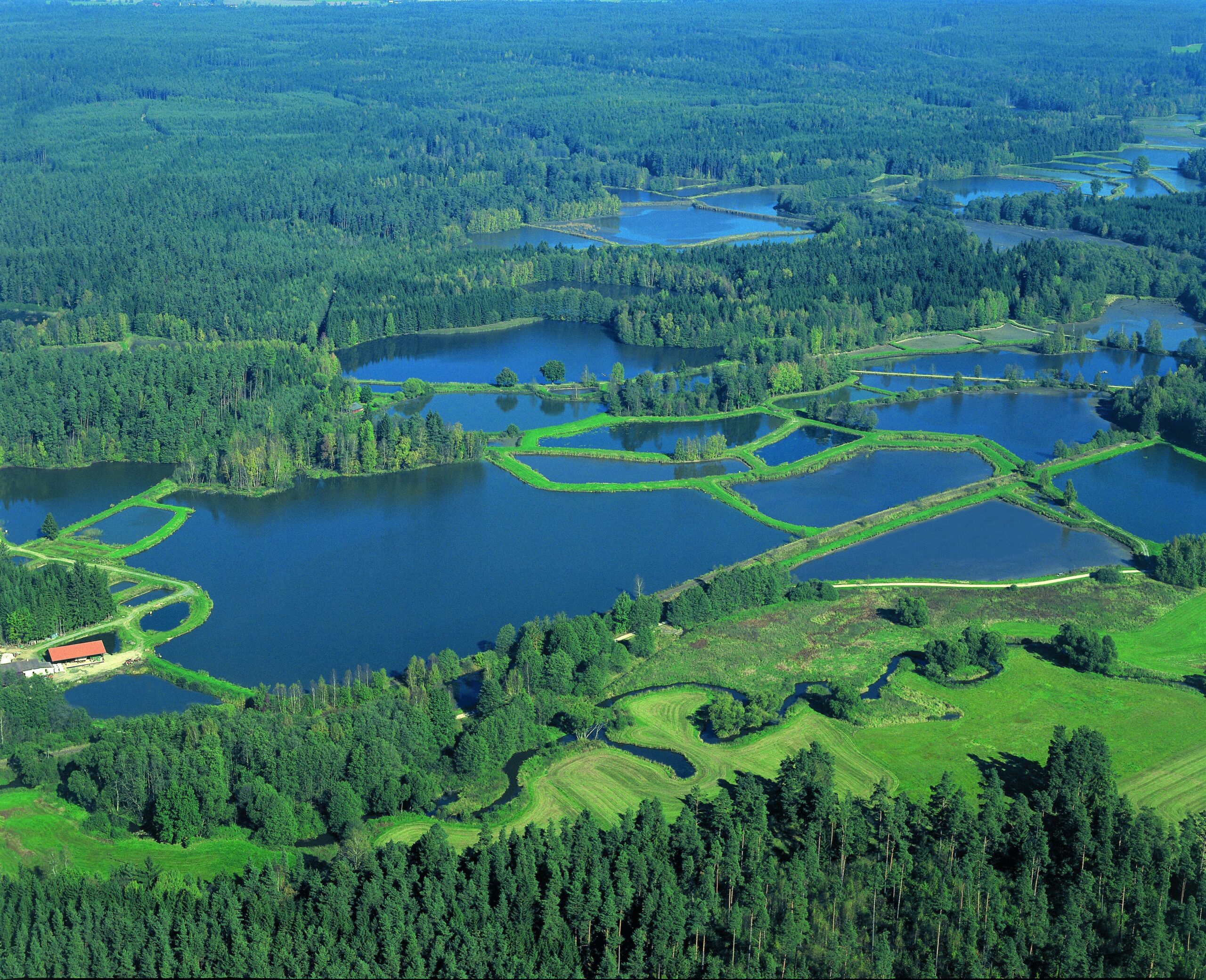

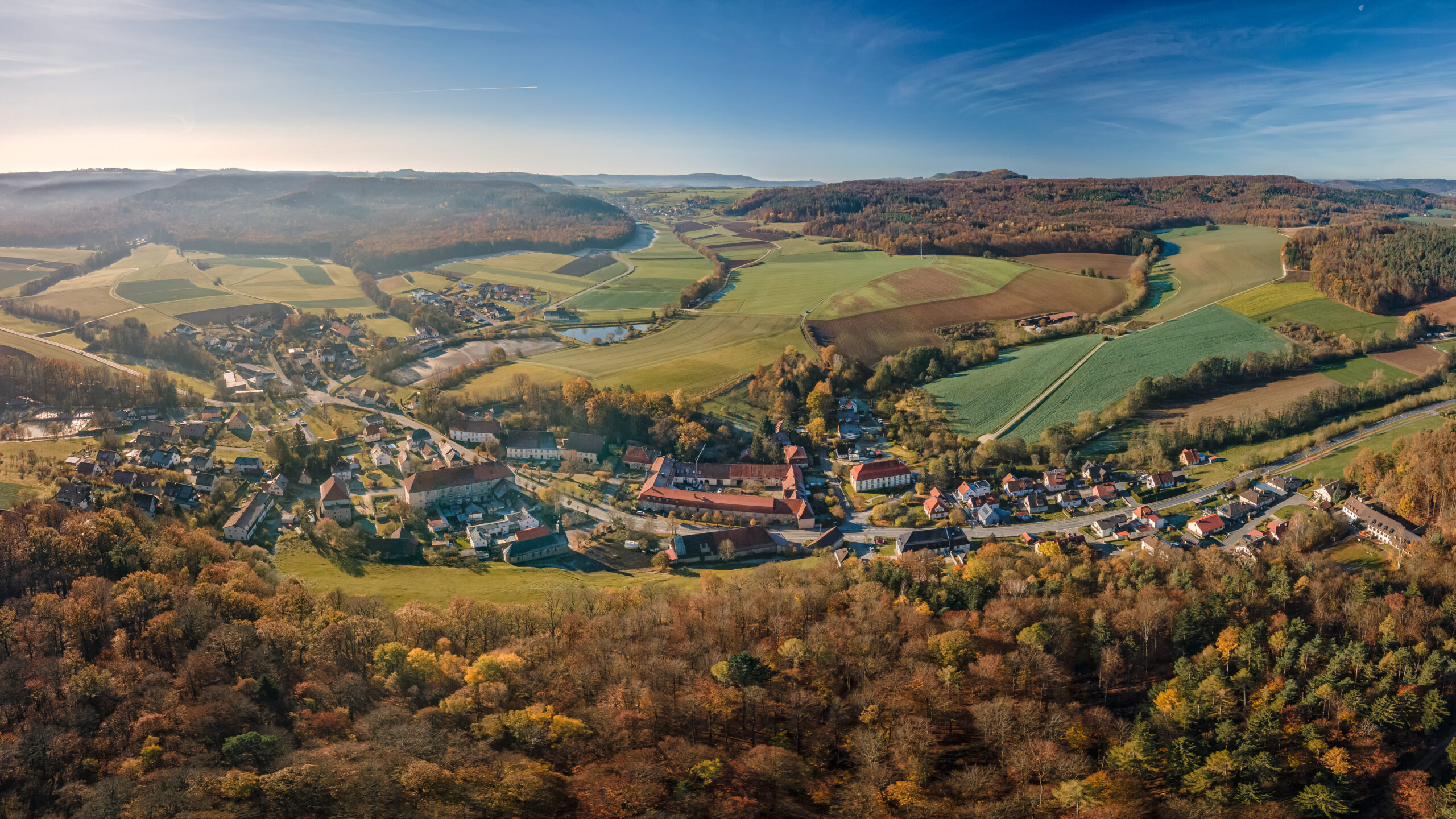


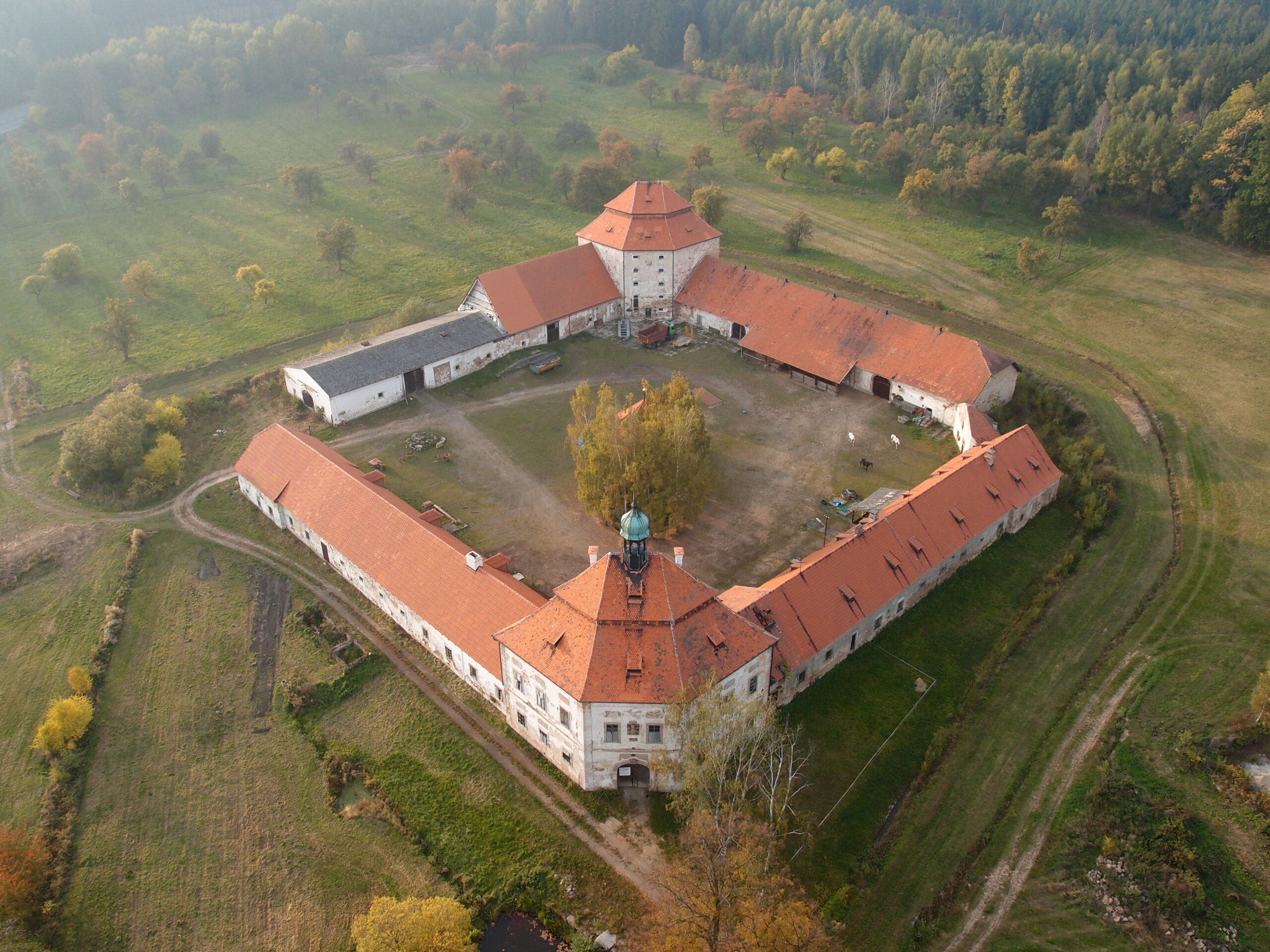
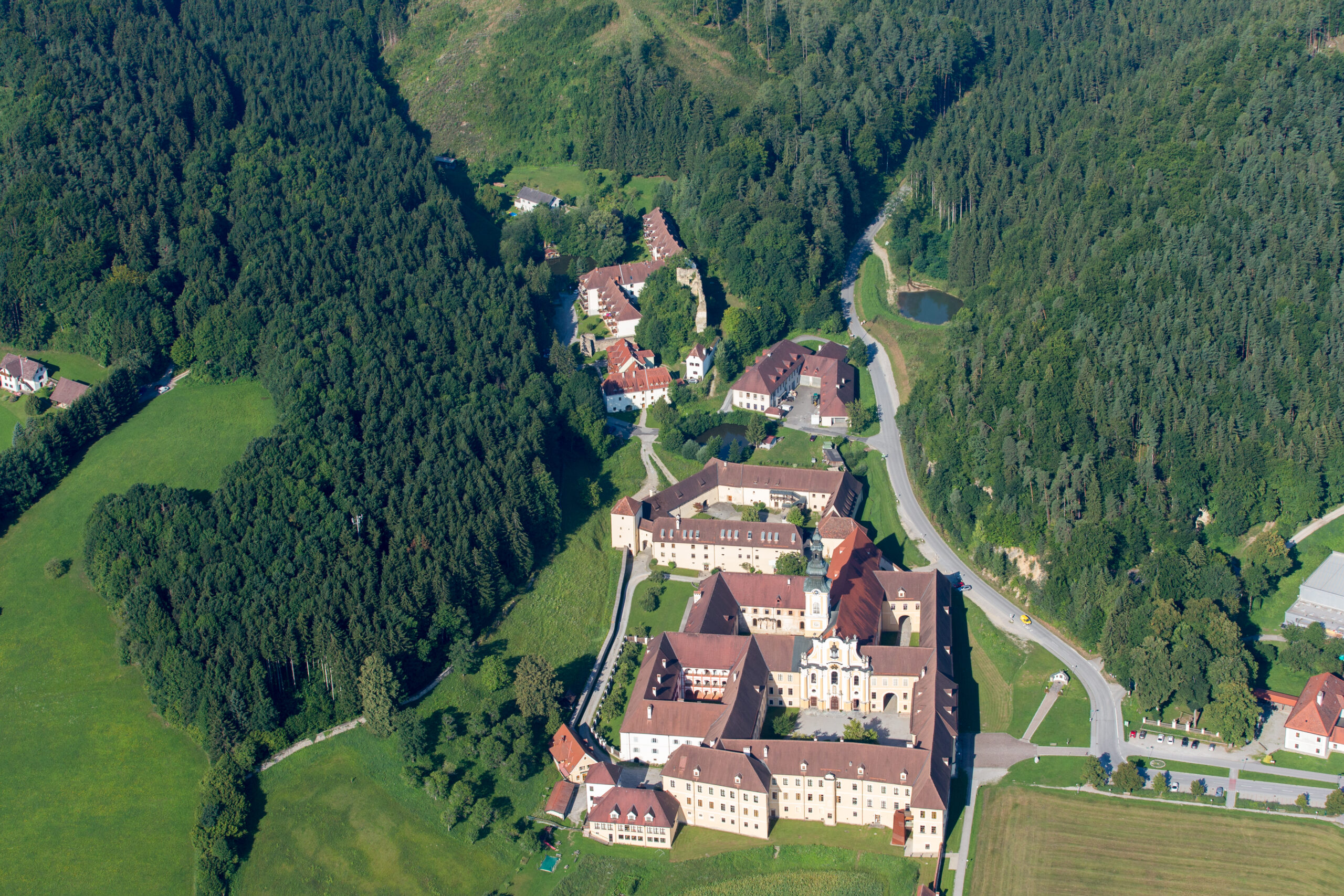
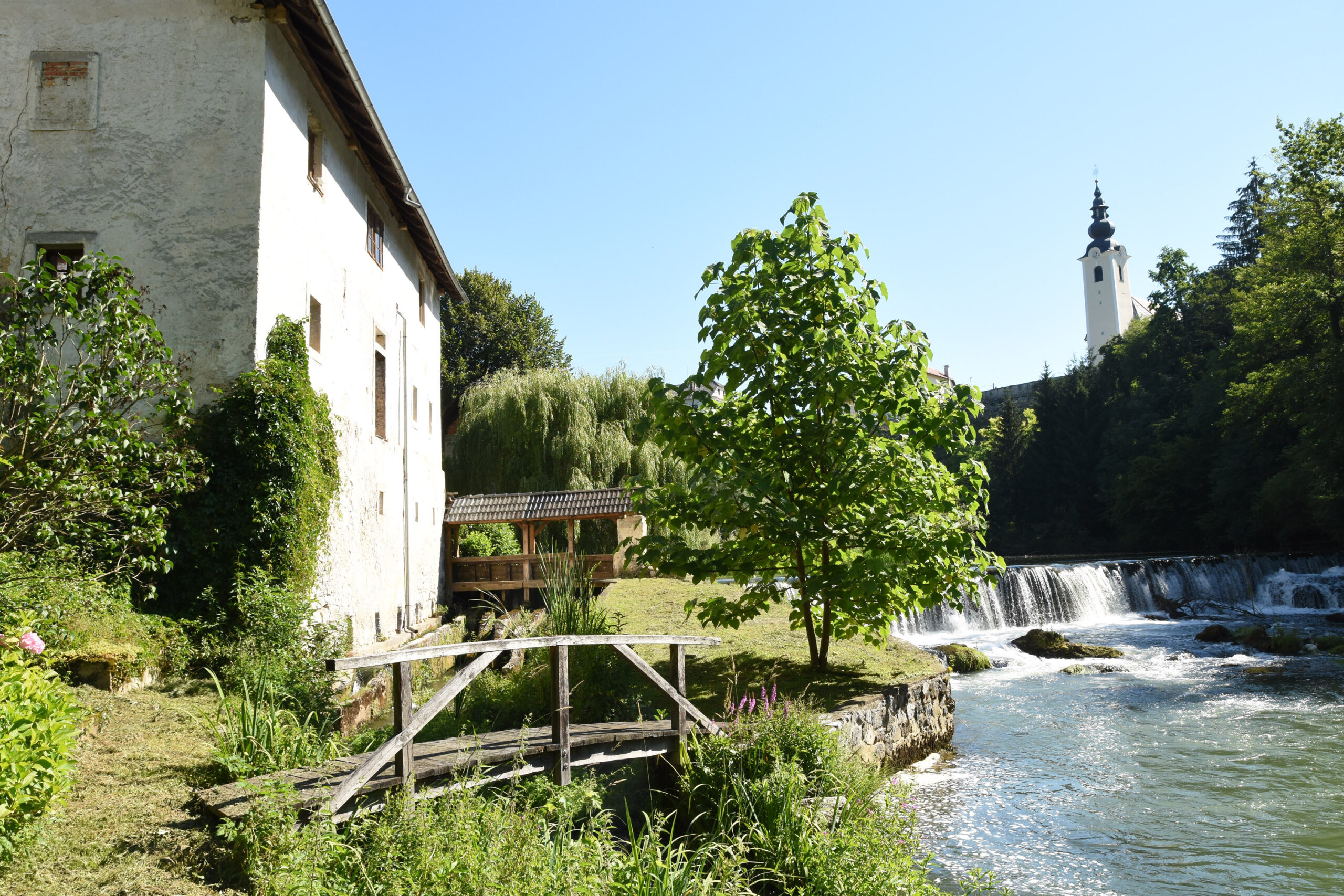


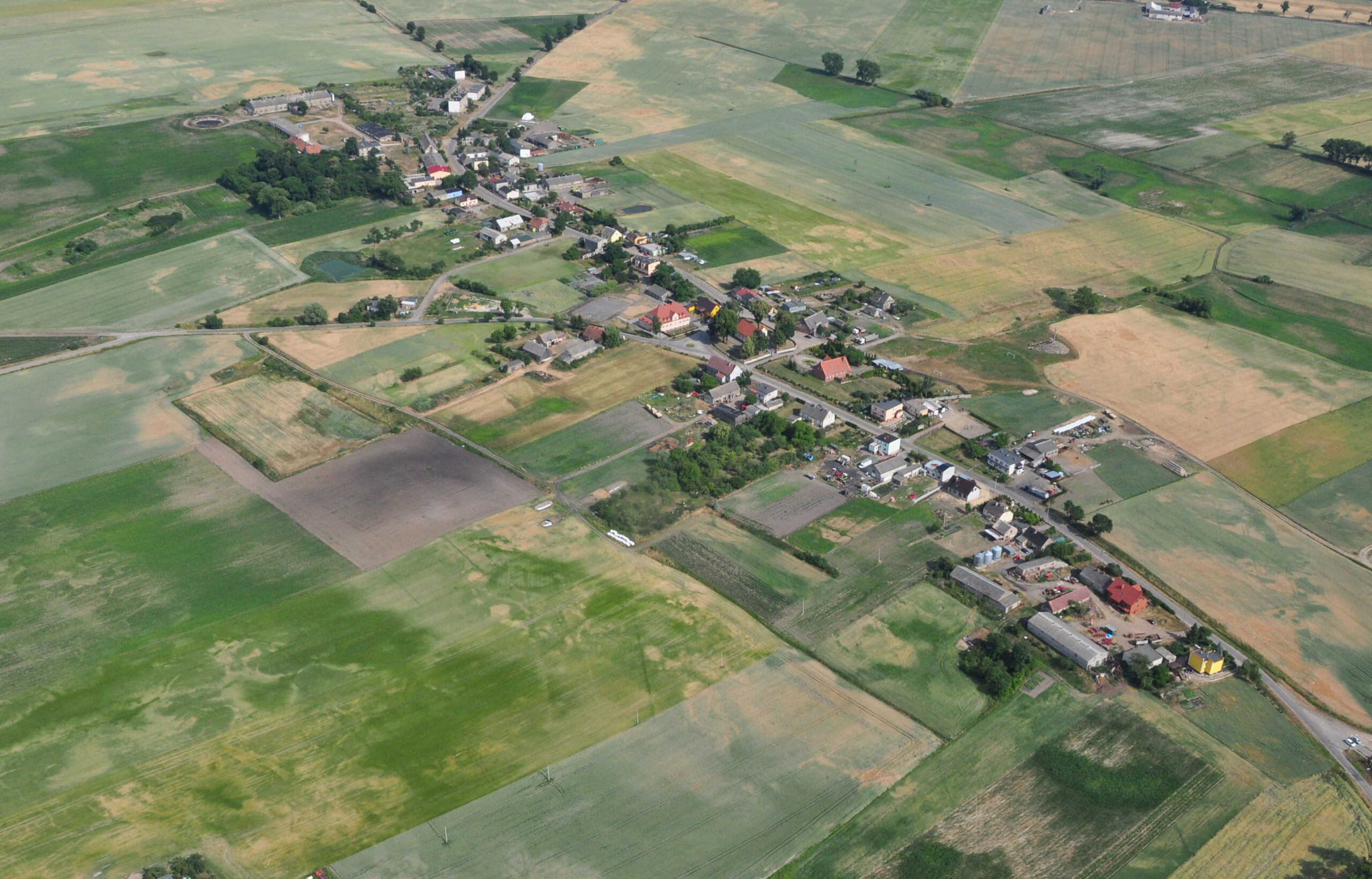
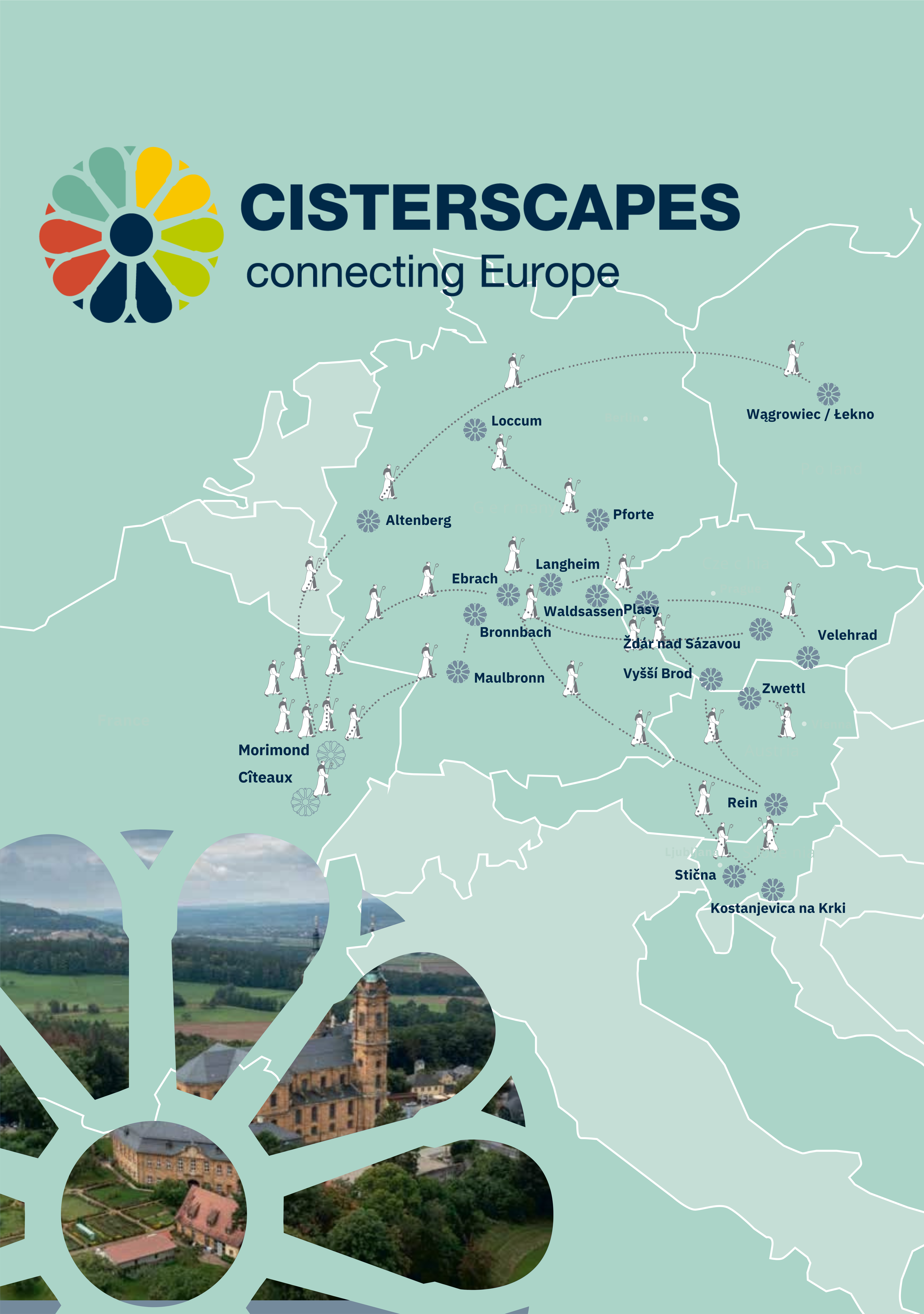
The EHL Site
The Site unites 17 monastic landscapes spread over what are today five member-states of the European Union – Germany, Austria, Czech Republic, Poland, and Slovenia. The modern network Cisterscapes, initiated in 2019 and coordinated from the District of Bamberg in northern Bavaria, stands pars pro toto for the reform order of the Cistercians, who, after its foundation in 1098, rapidly developed into a pan-European phenomenon. Through their central rule, ora et labora, which led to an objective to regionally produce all necessities, the Cistercians became experts in regional development. They have significantly shaped cultural landscapes in a wide radius around their monasteries.
Typical characteristics of these landscapes are Monastery buildings situated ideally ‘in valley and solitude’; complex hydraulic engineering systems (from canals and mills to wells and whole pondscapes); granges (specialised manor farmsteads with chapel, pond, and square plots of land); forests, agricultural innovations, viticulture, fruit farming, hop cultivation; shepherding, fish farming; trade routes and town courts to market surpluses; a landscape sacralised by impressive pilgrimage churches, wayside shrines, and parish churches.
As a European Heritage Label Site, Cisterscapes highlights heritage and promotes regional and cross-regional collaboration, ensuring its practices benefit today’s generations. The Cisterscapes partners collaborate in all fields of cultural education, from organizing concerts, exhibitions, and conferences to creating educational materials for schools, arranging guided hiking tours, and providing teacher training.
One of their first actions was to initiate a long-distance hiking trail connecting all the Sites, the Way of the Cistercians. The three main routes span almost 6,500 km.
European dimension
Across Europe, Cistercians shared common principles in the management of their estates. Their unique combination of religious ideals with innovative science, agricultural practice and regular exchange very effectively promoted cultural and technical innovations. In short: Cistercians settled, farmed, and interconnected Europe. Based on their organisational structure of regular visitations of all daughter-monasteries and the annual meetings of all abbots, they had a large-scale integrating effect and fundamentally contributed to the settlement history of large parts of the continent and shaped the urban-rural structure.
The organization
These monastic landscapes are Cisterscapes-sites: Ebrach, Altenberg, Bronnbach, Langheim, Loccum, Maulbronn, Pforte and Waldsassen in Germany; Rein and Zwettl in Austria; Plasy, Velehrad, Vyšší Brod and Žďár nad Sázavou in the Czech Republic; Wągrowiec/Łekno in Poland and Kostanjevica na Krki and Stična in Slovenia.
The transnational site is coordinated by the Cisterscapes team in the district administration of Bamberg.
